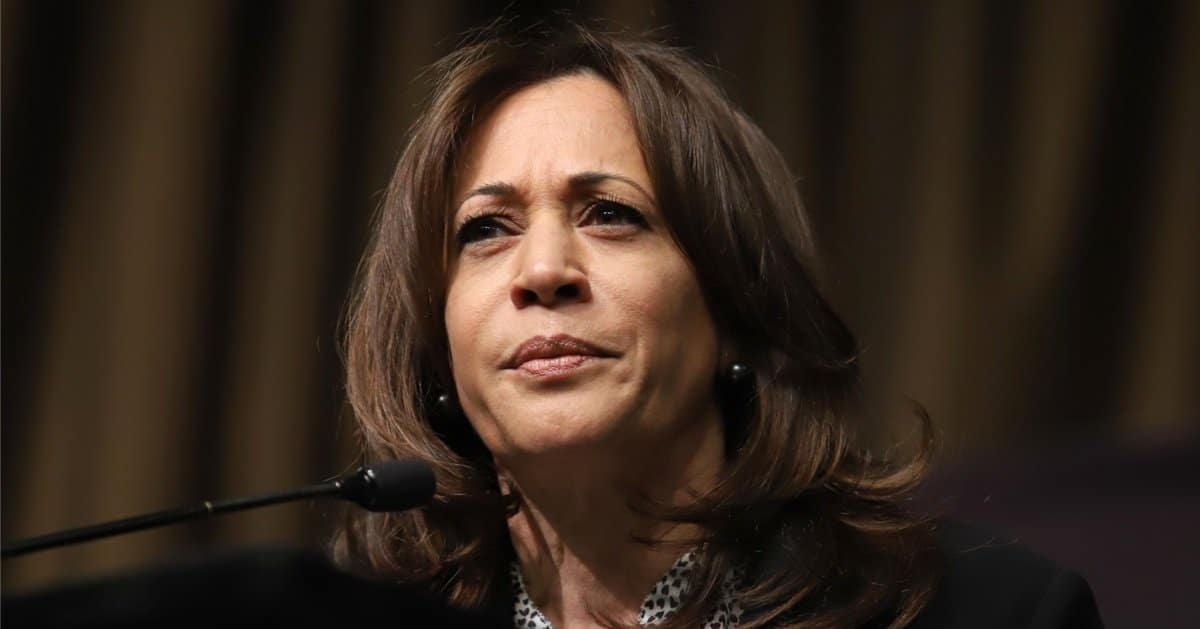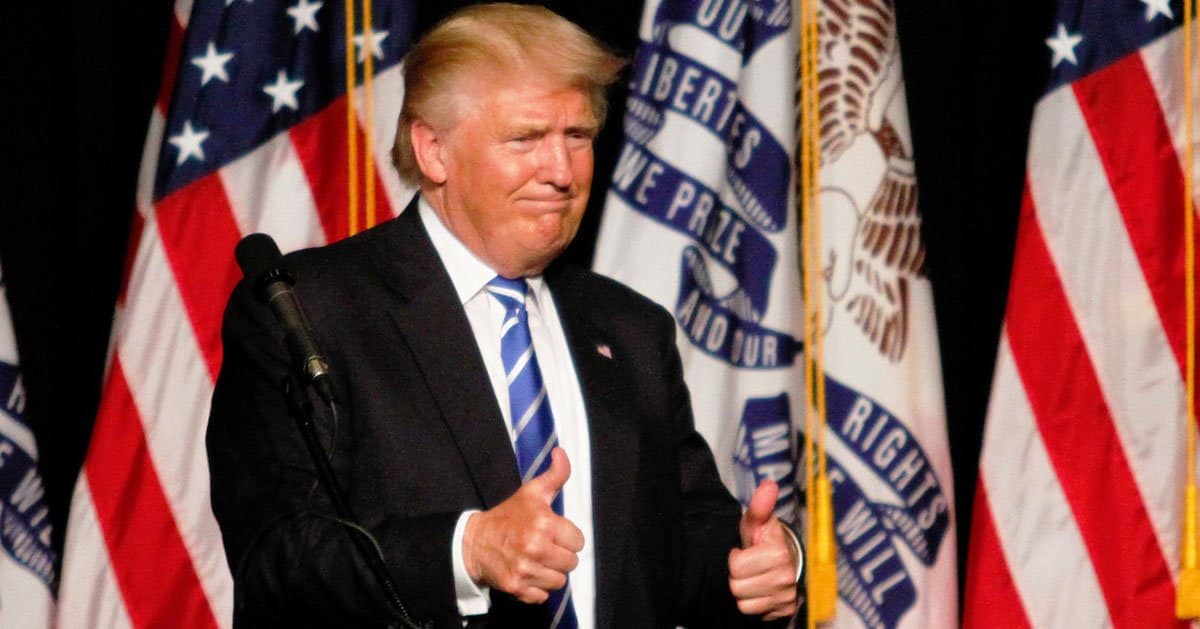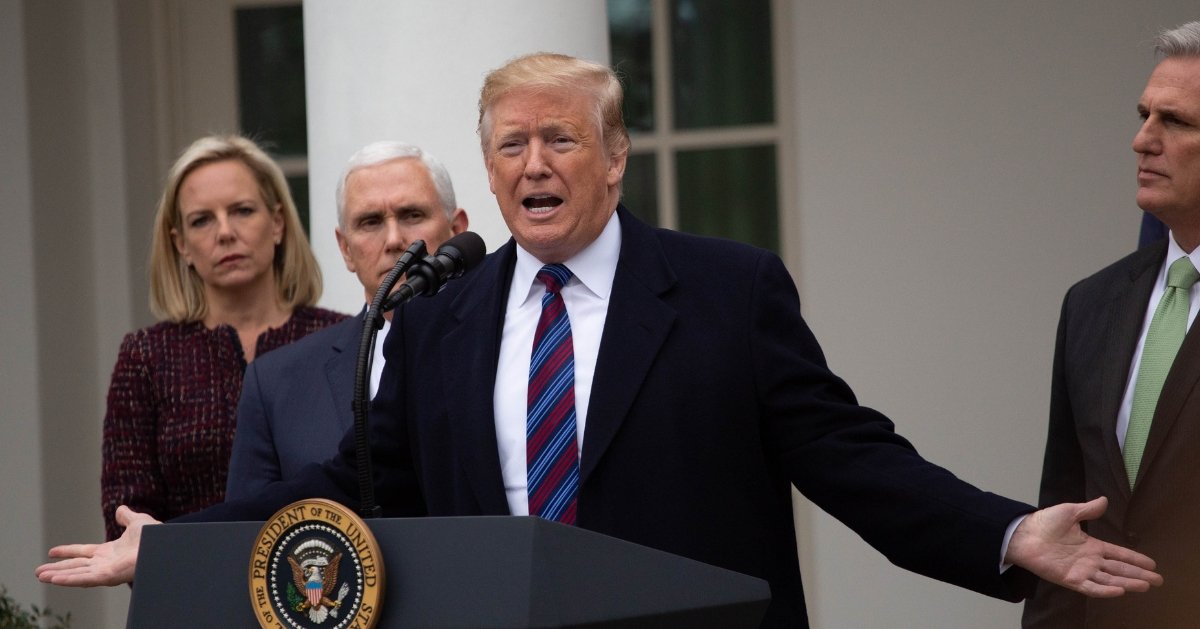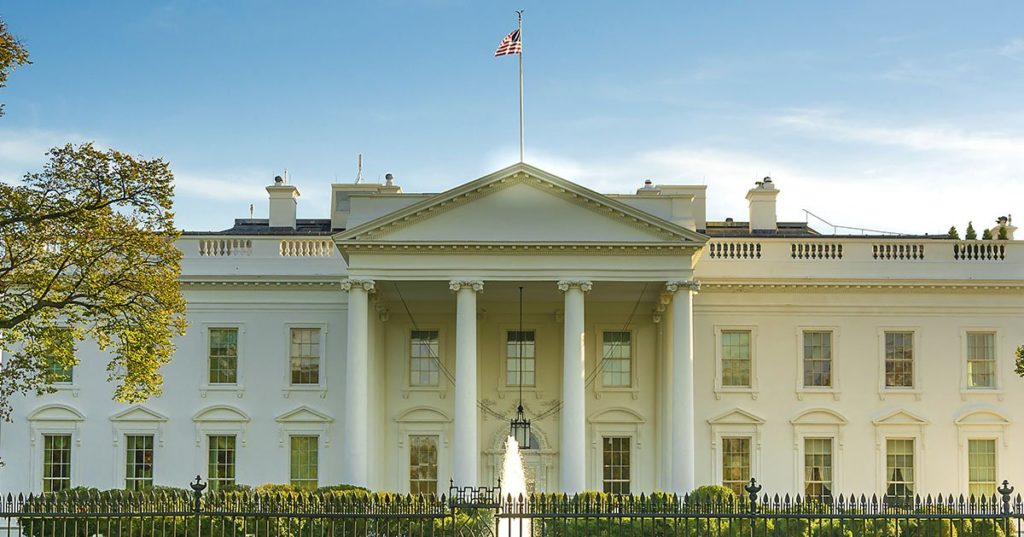






Vice President Kamala Harris is confronting significant challenges in retaining support from crucial Democratic constituencies, as former President Donald Trump is reportedly making substantial headway among minority voters as the presidential campaign approaches.
Just The News reported that recent polling data suggests that Trump is gaining traction with historically Democratic voter groups, leveraging messages that focus on economic and foreign policy matters.
Trump has long aimed to widen his appeal among Hispanic voters, achieving modest improvements in the 2020 election compared to 2016. Recent surveys indicate that this trend is continuing with more pronounced success.
The NBC News/Telemundo survey provides insight into this shift, showing Harris currently leading with 54% to Trump's 40% among registered Latino voters, though with a margin of error of 3.1%.
The Opiniones Latinas survey further substantiates these findings, placing Trump at 39% to Harris' 55% support among Hispanic voters across seven pivotal battleground states. Moreover, Arizona illustrates a noteworthy case, where Trump has significantly narrowed the gap from a 61-37 split in 2020 to 53-42, showcasing his continued effort to court the Hispanic electorate.
Trump's overtures to Jewish voters appear increasingly successful, augmented by the ongoing geopolitical situation involving Israel. The Israel-Hamas conflict and related campus demonstrations have seemingly influenced sentiments, especially in regions deeply involved in this discourse.
A recent August survey by the Siena Research Institute captures this dynamic, with the former president garnering 50% of the Jewish vote in New York, slightly overtaking Harris, who holds 49%.
This marks a shift from a June survey where President Biden held an advantage of 6% among the same demographic, highlighting a potential vulnerability leading up to the election.
Trump's campaign efforts also extend to Black voters, attempting to capitalize on economic concerns by launching the “Black Americans for Trump” coalition.
This initiative, unveiled in June, seeks to highlight economic dissatisfaction prevalent among these voters as a lever for support.
The coalition's message seems to be resonating with some, as Trump sees increased support in Texas, reaching 17% among Black voters, almost tripling his 2020 support. Nationally, however, the landscape remains challenging for Trump, as CNN's survey indicates Harris maintains significant support with 79% of Black voters compared to Trump's 16%.
The ongoing adjustments in demographic support are crucial for both campaigns. According to John McLaughlin, Trump's pollster, the former president's position among Hispanic voters has notably improved from his past performance.
He stated that nationally, Trump had lost 65% to 32% among Hispanic voters in the previous election term but has now increased by seven points, equivalent to Harris' diminished margin from Biden’s previous standing.
In response, Trump has vocalized commitments to minority communities, particularly addressing concerns of discrimination and security.
At a recent “Fighting Anti-Semitism in America” event, he reassured students regarding their safety on college campuses and criticized current immigration policies that he argues are detrimental.
As the election nears, the emphasis on economic concerns and foreign policy is playing a pivotal role in Trump's courtship of these voter blocs. With ongoing economic challenges impacting many Americans, Trump’s campaign narrative has continually targeted economic dissatisfaction to rally support.
While demographic shifts are notable, the implications for the larger electoral map remain to be seen, with battleground states being the foci of intense campaign efforts from both sides. The evolving dynamics highlight the competitive nature of the upcoming election, with significant effort directed at winning over or retaining key voter bases.
The potential erosion of traditional Democratic support amongst key groups poses substantial concerns for Harris and the Democratic Party.
As targeted messaging from Trump begins to resonate with segments of minority populations, the implications could influence strategies and engagements leading into the critical months of the campaign season.
Efforts by the Harris campaign to counteract these shifts through policy responses and outreach will be critical. With Trump making visible gains, the race's evolving demographic dimensions underscore the shifting priorities and affiliations of American voters.
The strategic focus on minority voter engagement from both camps underlines a broadening electoral battlefield, demanding nuanced policy discussions and extensive grassroots efforts as the election date approaches.



